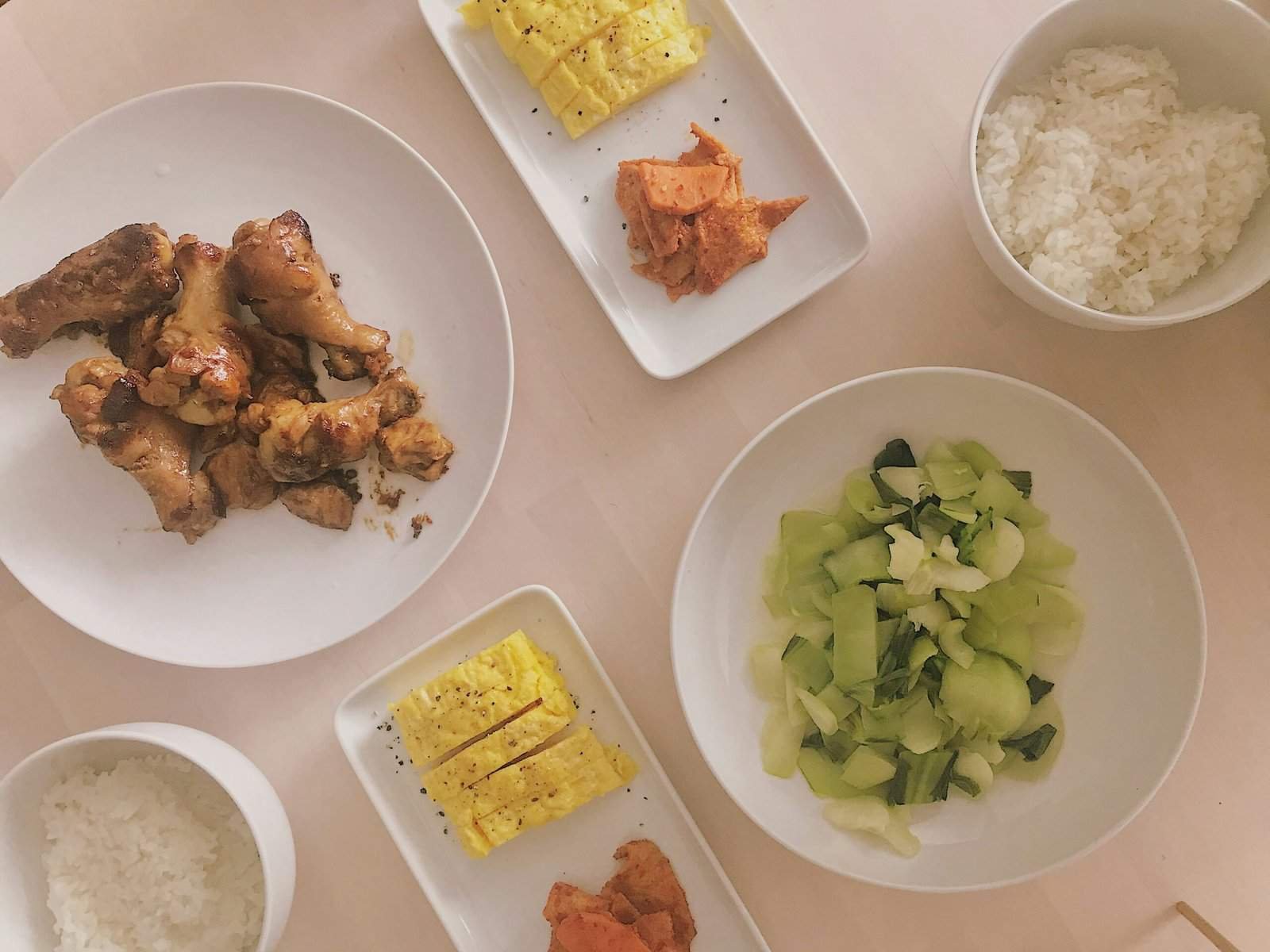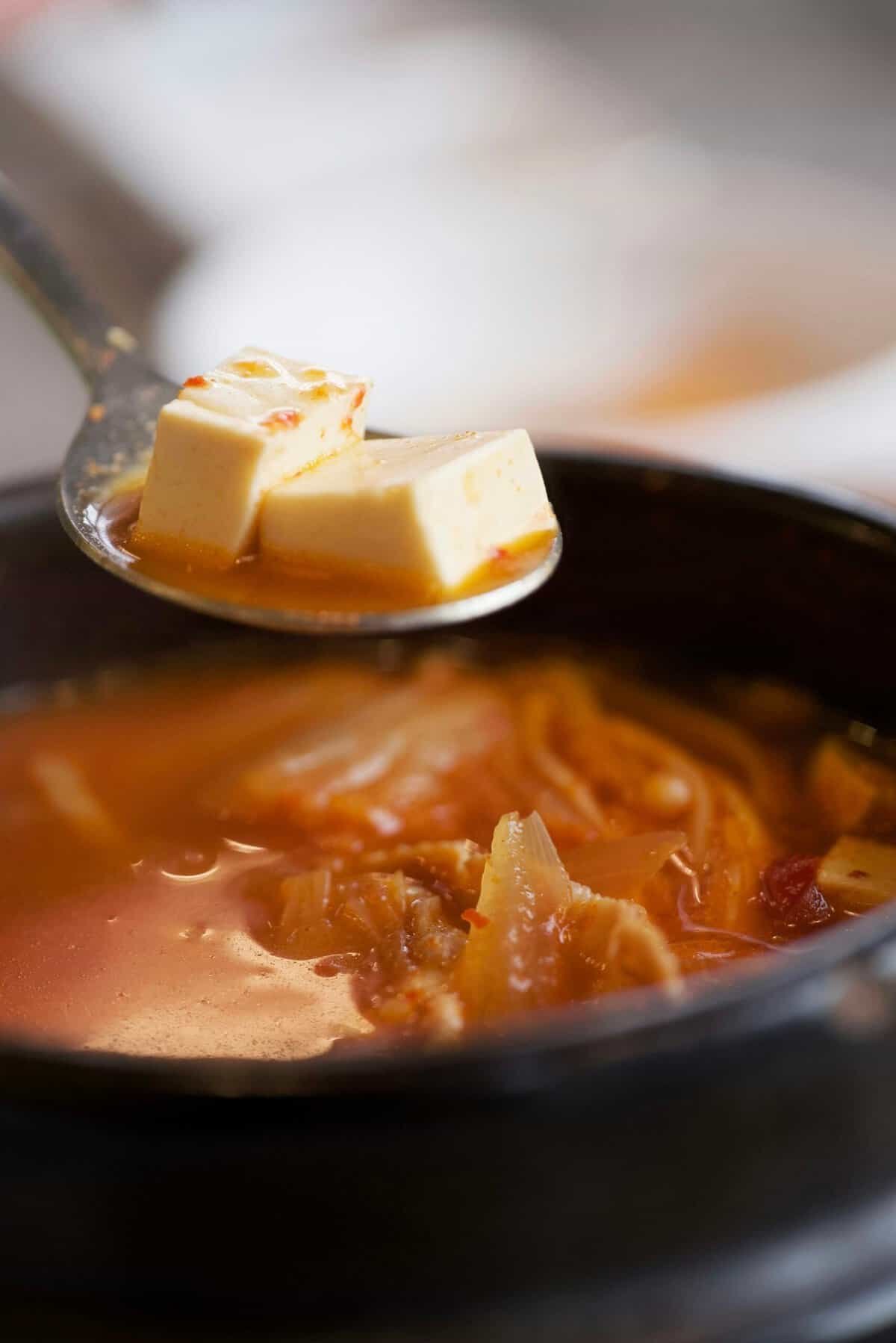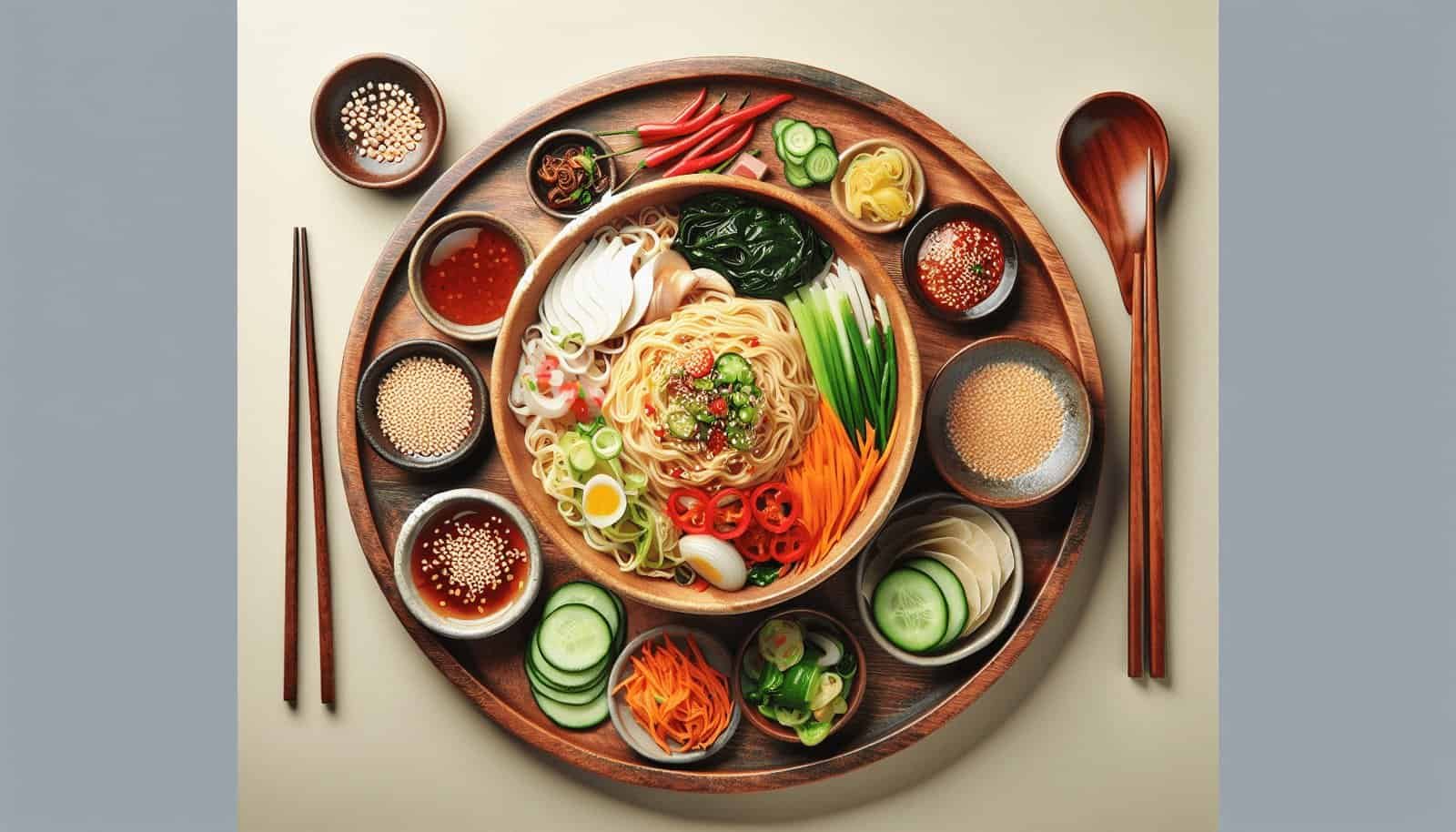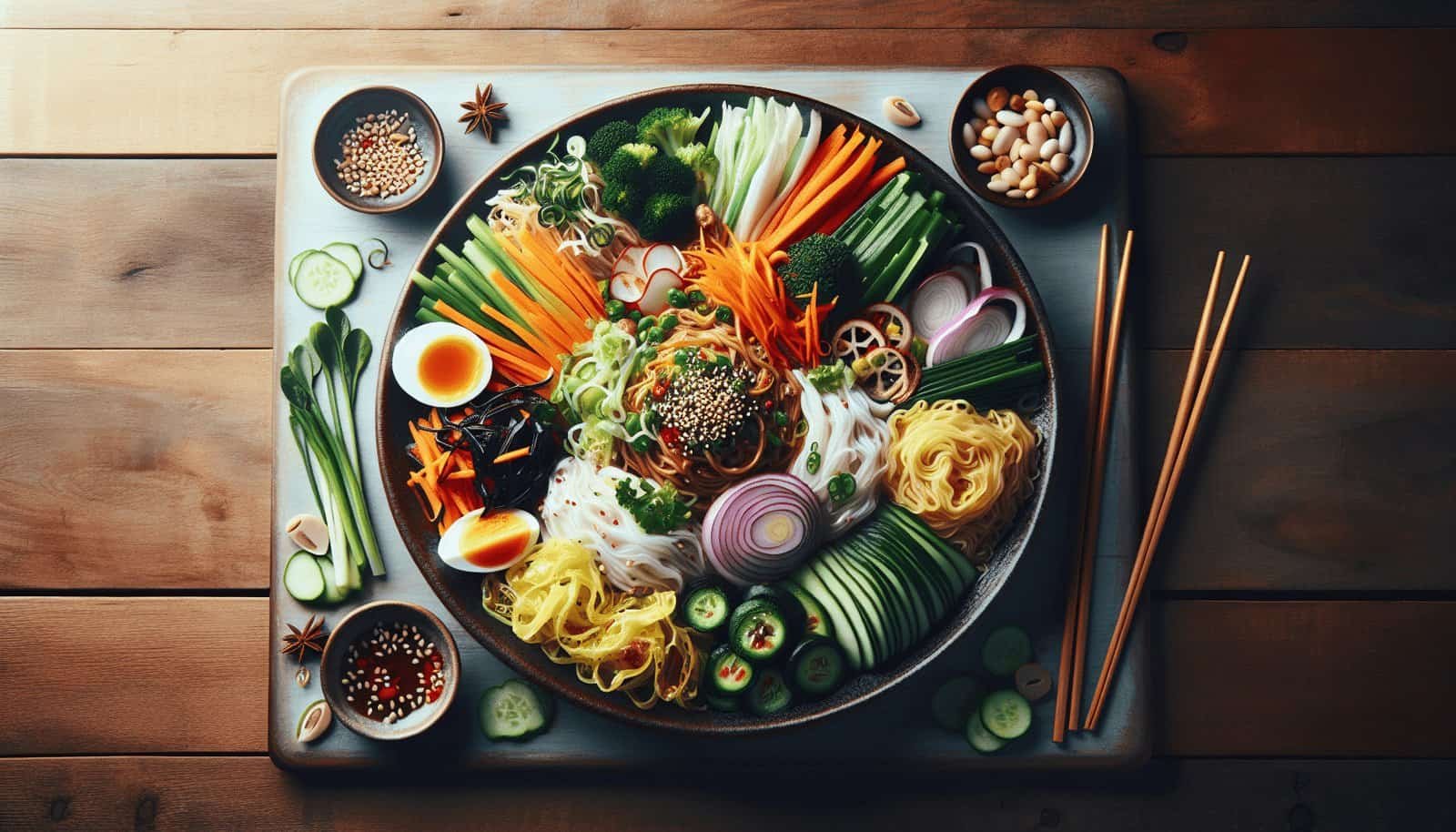Have you ever wondered how traditional Korean noodle dishes, steeped in centuries of culinary tradition, are making a resurgence in the modern gastronomic world? The rich tapestry of Korea’s culinary history is full of flavors, textures, and techniques that have been passed down through generations. Today, these traditional noodle dishes are experiencing a revival, thanks to a renewed interest in their cultural significance and a contemporary twist that appeals to modern palates.

The Roots of Korean Noodle Dishes
Korean noodle dishes, or “guksu,” have been an integral part of Korean cuisine for centuries. They are more than just a staple food; they carry deep cultural and historical significance. Noodles in Korea often symbolize longevity and happiness, making them a popular choice during celebrations and special occasions.
Historical Context
Korean noodles date back to the Goryeo Dynasty (918-1392) and have evolved over the centuries. From the simple wheat or buckwheat noodles to more intricate variations involving various broths and toppings, the evolution of guksu reflects the rich culinary diversity of Korea. Historically, noodle dishes were often enjoyed during festive occasions, like birthdays and weddings, symbolizing good fortune and long life.
Cultural Significance
Noodles in Korean culture are not just food; they are a way to connect with tradition and heritage. Various noodle dishes are featured in significant cultural ceremonies, such as “janchi guksu” (banquet noodles) which are served during weddings and family gatherings. The preparation and sharing of these dishes foster a sense of community and togetherness.
Classic Korean Noodle Dishes
The foundation of any culinary revival is the classic dishes that have stood the test of time. Traditional Korean noodle dishes are characterized by their unique ingredients, preparation methods, and the stories they tell.
Types of Traditional Noodle Dishes
Here are some well-known traditional Korean noodle dishes that continue to be loved:
| Dish | Description | Key Ingredients |
|---|---|---|
| Naengmyeon | Cold buckwheat noodles served in a chilled broth. A popular choice during the hot summer months. | Buckwheat noodles, beef broth, vinegar, mustard |
| Japchae | Stir-fried glass noodles typically made from sweet potato starch, mixed with vegetables and sometimes meat. | Glass noodles, carrots, spinach, mushrooms, beef |
| Janchi Guksu | Simple wheat noodles served in a clear broth, often garnished with vegetables and egg. | Wheat noodles, broth, zucchini, egg |
| Kongguksu | Cold soybean noodle soup, perfect for summer. The broth is made from ground soybeans. | Soybeans, wheat noodles, cucumber, sesame seeds |
Ingredients and Preparation
Traditional Korean noodles are defined by their unique ingredients and meticulous preparation methods. For example, naengmyeon noodles are made from buckwheat and often have a slightly chewy texture, while japchae uses glass noodles made from sweet potato starch, giving it a distinctive springy consistency. Each dish is prepared with a combination of fresh, local ingredients, ensuring a burst of flavor in every bite.
The Modern Twist on Traditional Noodles
While the classics are cherished, the modern revival of Korean noodle dishes involves innovative twists that keep them relevant and exciting.
Fusion Flavors
The intersection of traditional Korean flavors with global culinary trends has birthed a range of fusion noodle dishes. These dishes combine the essence of Korean cuisine with international ingredients and preparation styles, creating something both familiar and new.
Health Consciousness
Modern adaptations of traditional Korean dishes often reflect the growing global emphasis on health and wellness. People are increasingly mindful of what they consume, leading to the inclusion of healthier, organic ingredients. Gluten-free options, plant-based proteins, and reduced sodium broths are just some of the ways contemporary Korean noodle dishes cater to health-conscious diners.
Popular Modern Korean Noodle Trends
The culinary world is teeming with innovation, and Korean noodle dishes are no exception. Here are some trends that have propelled traditional noodle dishes into the contemporary spotlight.
Vegan and Vegetarian Options
With the rise of plant-based diets, many traditional Korean noodle dishes have been adapted to suit vegan and vegetarian preferences. For example, vegan substitutes like tofu and plant-based proteins have become popular additions to dishes like bibim guksu (spicy cold noodles). This not only caters to dietary restrictions but also introduces a new audience to the flavors of Korean cuisine.
Artisanal and Locally Sourced Ingredients
The farm-to-table movement has significantly influenced modern Korean noodle dishes. Chefs are increasingly using locally sourced, organic ingredients to create authentic yet innovative dishes. This approach not only supports local farmers but also ensures that the flavors are fresh and vibrant.
Gourmet Street Food
Korean street food has always been a major part of the culinary landscape. Recently, traditional noodle dishes have been given a gourmet twist and are now featured prominently in street food markets. These elevated versions retain the essence of the original but are often presented in more upscale, innovative ways.

The Role of Celebrity Chefs and Media
The modern revival of traditional Korean noodle dishes is not just happening in kitchens but is also being driven by influential figures in the culinary world.
Chefs Leading the Revival
Celebrity chefs, both in Korea and internationally, have played a significant role in this revival. By incorporating traditional Korean noodle dishes into their menus and offering modern takes on these classics, they contribute to a broader appreciation and understanding of Korean cuisine.
Media Influence
Social media platforms and food blogs have been pivotal in bringing traditional Korean noodles to a global audience. Photos, videos, and step-by-step recipes make it easier for people around the world to try their hand at preparing these dishes. Additionally, food-focused television shows and documentaries often spotlight Korean cuisine, further fueling its popularity.
How to Enjoy Traditional Korean Noodles at Home
With the growing popularity of Korean cuisine, enjoying traditional Korean noodle dishes at home has never been easier. Here are some tips to help you recreate these delicious dishes in your own kitchen.
Ingredient Shopping
The first step in making traditional Korean noodle dishes is sourcing the right ingredients. Many of the essential components can now be found in local supermarkets, Asian grocery stores, or even online.
| Ingredient | Where to Find It |
|---|---|
| Buckwheat Noodles | Asian grocery stores, online markets |
| Sweet Potato Glass Noodles | Asian grocery stores, online markets |
| Soybeans | Local supermarkets, health food stores |
| Gochujang (Korean Chili Paste) | Asian grocery stores, online markets |
Simple Recipes to Try
Here are a couple of straightforward recipes to get you started:
Naengmyeon (Cold Buckwheat Noodles)
Ingredients:
- 200g buckwheat noodles
- 400ml beef broth, chilled
- 1 tablespoon vinegar
- 1 teaspoon mustard
- 1 boiled egg, halved
- 1 cucumber, julienned
- 1 apple, sliced thinly
Instructions:
- Cook the buckwheat noodles according to the package instructions. Drain and rinse with cold water.
- In a large bowl, combine the chilled beef broth, vinegar, and mustard.
- Add the cooked noodles to the broth.
- Garnish with boiled egg, cucumber, and apple slices.
- Serve immediately.
Japchae (Stir-Fried Glass Noodles)
Ingredients:
- 200g glass noodles
- 1 carrot, julienned
- 1 bell pepper, sliced
- 200g spinach
- 100g mushrooms, sliced
- 200g beef, sliced
- 3 tablespoons soy sauce
- 2 tablespoons sesame oil
- 1 tablespoon sugar
- 2 cloves garlic, minced
Instructions:
- Cook the glass noodles according to the package instructions. Drain and set aside.
- Blanch the spinach in boiling water, then rinse with cold water and squeeze out excess moisture.
- In a large pan, heat the sesame oil and sauté the garlic until fragrant.
- Add the beef and cook until browned.
- Add the carrots, bell pepper, and mushrooms, and continue to stir-fry until the vegetables are tender.
- Add the cooked glass noodles and spinach to the pan. Pour in the soy sauce and sugar, mixing everything together until well combined.
- Serve hot or at room temperature.

Where to Experience Traditional Korean Noodles
If making these dishes at home seems daunting, experiencing them in their traditional setting can be equally rewarding.
Visit Korea
To truly appreciate the depth and variety of traditional Korean noodle dishes, a visit to Korea is highly recommended. From bustling street markets to high-end restaurants, there are countless places to sample these culinary delights.
Korean Restaurants Abroad
With the global diaspora spreading Korean culture far and wide, authentic Korean restaurants are sprouting up around the world. Many of these establishments pride themselves on maintaining the authenticity of traditional dishes while also offering modern interpretations.
The Future of Korean Noodle Dishes
As traditional Korean noodle dishes continue to gain popularity, their future looks bright. The balance between preserving authenticity and embracing innovation is key to their ongoing success.
Chef-Driven Innovations
Innovative chefs will continue to play a crucial role in the evolution of Korean noodle dishes. By experimenting with new ingredients and culinary techniques, they will ensure that these traditional foods remain dynamic and appealing.
Sustainable Practices
As the world moves towards more sustainable food practices, the use of locally sourced, organic ingredients in Korean noodle dishes will likely increase. This not only benefits the environment but also enhances the quality and taste of the food.
Global Reach
With the help of social media and continued cultural exchange, the global reach of traditional Korean noodle dishes will expand even further. More people around the world will come to appreciate the rich flavors and cultural significance of these beloved dishes.

Conclusion
The modern revival of traditional Korean noodle dishes is a fascinating journey that blends history, culture, and innovation. These dishes are not merely experiencing a resurgence but are being reimagined in ways that make them accessible and appealing to a global audience. Whether you choose to recreate these recipes at home, visit a local Korean restaurant, or travel to Korea itself, you’re sure to find that the flavors and stories behind these noodle dishes are both satisfying and enriching.
